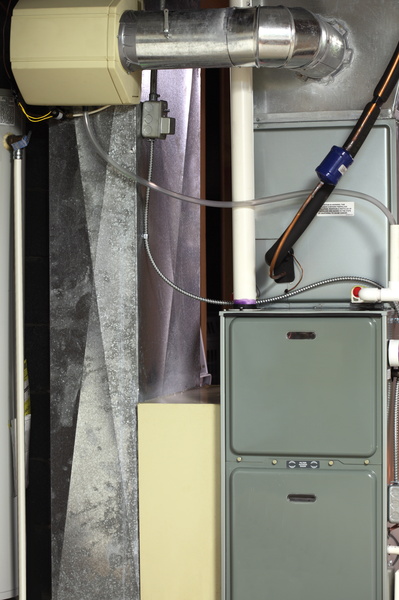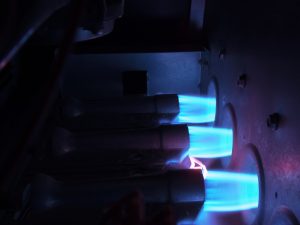When researching your Woodbridge furnace and potential problems it might have, you’ve probably run across a few references to the fan limit switch. And while you know that it can break in a number of ways, do you know what the switch does and what you should look for when checking your furnace its air handler for problems?
What the Limit Switch Does
To put it very simply, the furnace fan limit switch is a control that tells your furnace’s fan when to turn on and off. So, when the furnace isn’t on, it tells the blower not to operate (and send cold air into your home) and when the furnace is on, it tells the blower to turn on and start circulating the warm air.
While the primary function of the limit switch is to turn the blower fan on and off, it also has a safety role. When the temperature in the air supply plenum gets too hot, the limit switch turns off the furnace boiler to keep there from being any damage from overheating. This is handy if there is a blockage in the air vents or the controls are messed up due to water damage or improper adjustments to the settings.
Looking for Problems
Most of the time, when there is an issue with your furnace turning off or on frequently, the limit switch is one of the first things you will check. Because the switch is electronic and is attached to a thermostat which measures temperature in the air supply plenum, a small problem can result in it not working properly. So, you can easily check it by temporarily bypassing the switch and seeing if your device turns on or off properly.
In many cases, if the limit switch is the problem, you will still need to call a Woodbridge professional for replacement, but you can avoid a lot of headaches related to tracking down the source of the problem. If you suspect a limit switch problem, make sure to call someone immediately, because it does provide an important safety function and because without it your furnace won’t cycle on and off properly.
Continue Reading
Tags: Dove Canyon, Furnace Repair, Furnaces, Heating, Orange County, Westminster, Woodbridge
Posted in Services | Comments Off on Woodbridge Heating Guide: Furnace Fan Limit Switch



 Furnaces are put under extraordinary strain during the winter, even in a relatively warm area like Southern California. If you’re using your furnace at all this winter, and we’re going to assume you are if you’re reading this blog, then you should make sure to take some steps to help the system deal with the added demand you’re placing on it. If you take care of your furnace, after all, it will take care of you. The following are two of the best tips you can follow to keep your furnace functioning properly this winter.
Furnaces are put under extraordinary strain during the winter, even in a relatively warm area like Southern California. If you’re using your furnace at all this winter, and we’re going to assume you are if you’re reading this blog, then you should make sure to take some steps to help the system deal with the added demand you’re placing on it. If you take care of your furnace, after all, it will take care of you. The following are two of the best tips you can follow to keep your furnace functioning properly this winter.